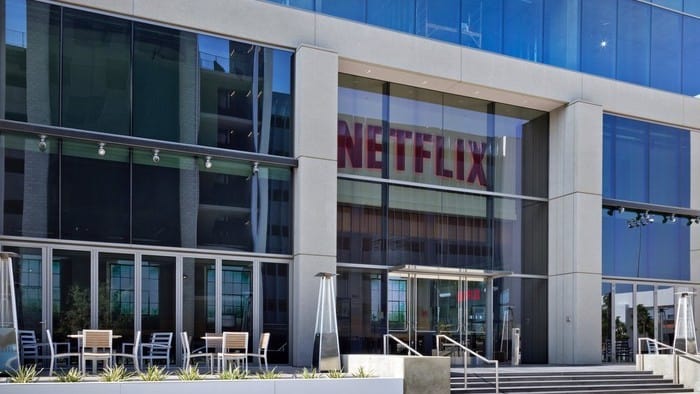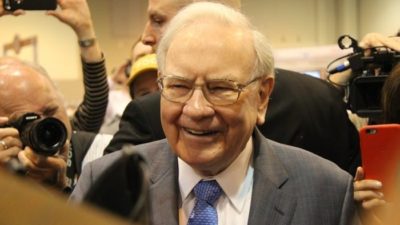This article was originally published on Fool.com. All figures quoted in US dollars unless otherwise stated.
Netflix (NASDAQ: NFLX) plans to spend $17 billion in cash on content production and licensing this year, but it could be just getting started. Management sees a long runway for growth across various television and film programming verticals and geographies, and it's just beginning its gaming experiment. When asked if Netflix could double or triple its content spending during the company's third-quarter earnings call, CEO Reed Hastings replied, "You're definitely thinking too small."
And he has a point. As the world's biggest premium subscription video on demand service, it has a lot of room to grow that content budget well over $50 billion.
Entertaining the world
There's still a tremendous opportunity to shift more entertainment time from linear television to streaming. Netflix expects to play a bigger and bigger role in people's entertainment choices for years to come.
Management points out in its letter to shareholders that streaming currently accounts for just 28% of TV time in the United States, while cable and broadcast television accounts for 64%. Netflix represents just 6% of the total viewing time.
And the U.S. is its most mature market. Netflix is increasingly a global company producing content all over the world. The Korean drama Squid Game is its biggest series ever. It plans to expand its local productions from 45 countries to more than 50 countries next year.
The total addressable market, according to management, is the 1 billion broadband households around the world. With 213 million total subscribers, it still has a long way to go. "Now, it will take a couple of decades to get there. It's not overnight," Hastings explained. But Netflix has always thought extremely long term.
Growing verticals and geographies
Netflix sees opportunities to grow its content spending across several different content categories and geographies.
The company only went fully global in 2016, and its efforts with local language content are really only a few years old. What's more, it's found incredible success creating series and films in a country for the local audience, and taking those successes worldwide. As more of Netflix's growth comes from abroad, its local language content budget should expand along with it. But it can still monetize that content globally, including the valuable United States.
Furthermore, Netflix is exploring increased investments in animation. Kids animation, specifically. And it bought the Roald Dahl Story Company to produce films, series, and games based on the British author's characters.
Management says it can continue growing the budget in every category it works in for the foreseeable future.
Tripling the content budget
Netflix is now self-funding its growing content budget, eschewing the debt market. It expects break-even free cash flow for the full year 2021, and to produce positive cash flow in 2022 and beyond.
" ... we got to be able to have the revenue growth and margins," Hastings said, moderating his tone about the potential size of the content budget. But Netflix has been consistently growing both revenue and margin for years. Management still expects to grow its top line 18.8% this year, despite the strong growth in 2020, and its full-year operating margin will expand 2 percentage points to 20%.
Growth going forward will need to come from a combination of subscriber growth and price increases. With a growing number of streaming services entering the global market, price increases may prove more difficult than in the past. That said, recent price increases haven't resulted in any increase in subscriber churn, while the rest of the industry fights to keep customers. Netflix appears to have more pricing power than its peers.
If Netflix can maintain its double-digit revenue growth and continue its margin expansion over the next decade, it could easily triple the content budget in the long run, all while growing free cash flow and profits for investors.
This article was originally published on Fool.com. All figures quoted in US dollars unless otherwise stated.









